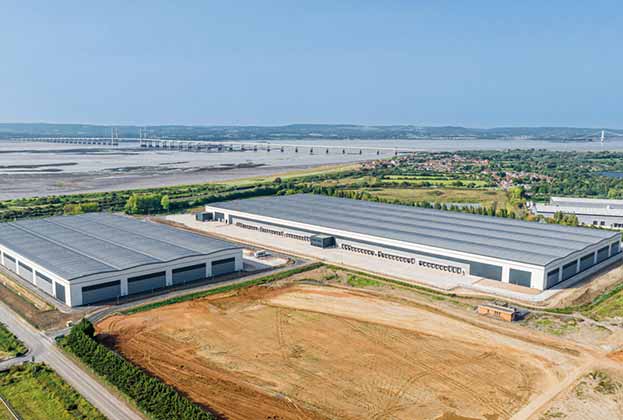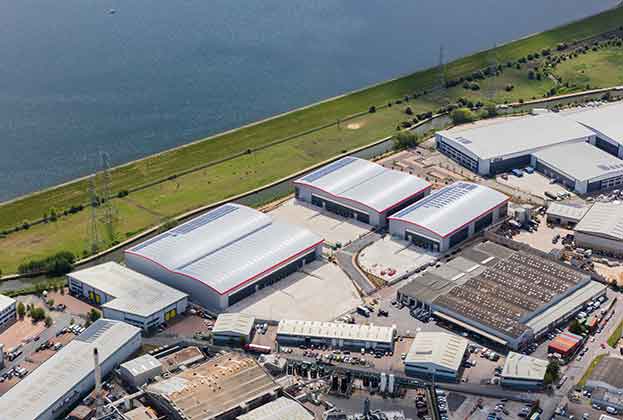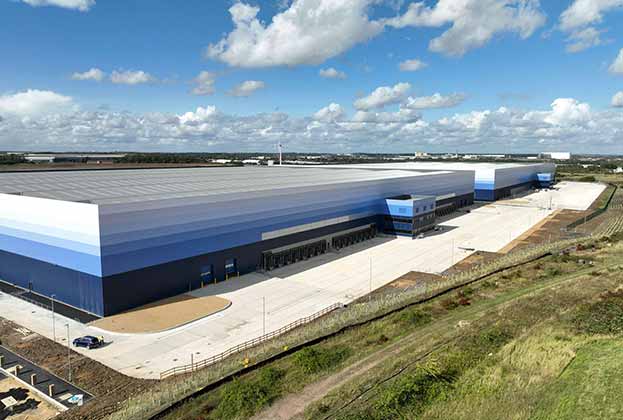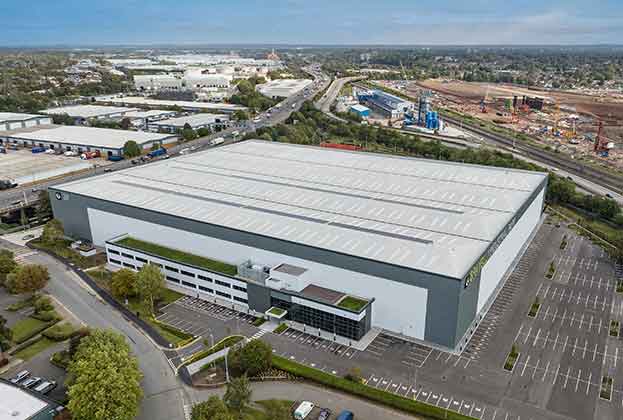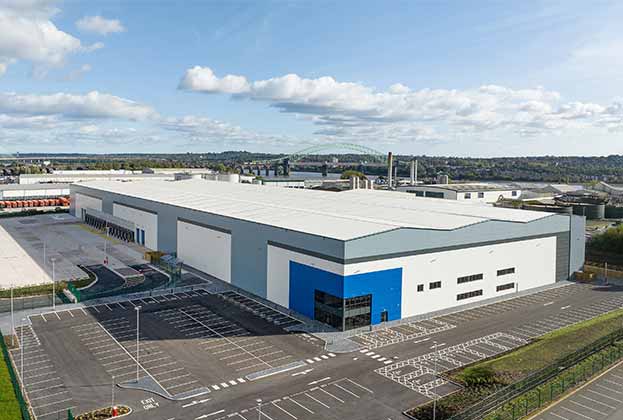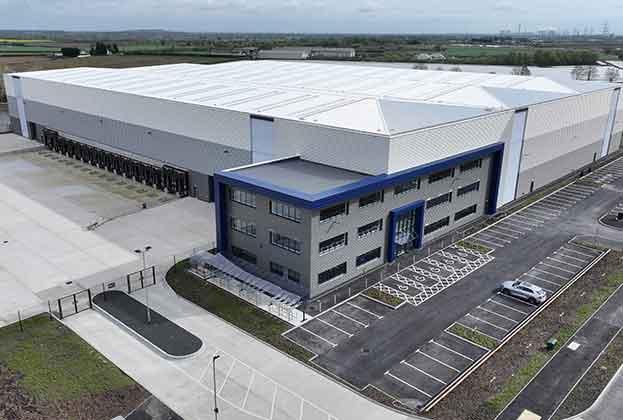The warehouse property market in the UK is continuing to perform at amplified levels. Consequently, since the onset of the Covid-19 pandemic records relating to occupier demand, vacancy, rental levels and investment yields continue to be broken.
In 2021 occupier take-up reached 55.1 million sq ft, setting a new annual record in the process. This trend has continued into 2022 with Q1 seeing 12.7 million sq ft of new leases signed, 79 per cent above the long-term average and yet another new record for a first quarter.
Over the last six months we have seen ever greater geopolitical uncertainty, and rising inflation would suggest that consumer confidence could fall. This in turn is likely to impact the retail sector, which typically accounts for around 60 per cent of the demand for new warehouse space.
However, at present we are not yet seeing this happen. In fact, since January 2020 we have recorded over 850 million sq ft of new warehouse requirements suggesting that companies remain in expansion mode and are adapting their property strategies to mitigate pressure in their supply chains.
Nevertheless, rising demand has meant that the supply of built warehouses has fallen dramatically. Prior to the onset of Covid-19 the national vacancy rate was running at around 6 per cent, which while historically low, did give companies a level of choice when it came to selecting new premises. As of April 2022 the nationwide vacancy rate is just 2.8 per cent, the lowest level ever recorded, equating to just 16.7 million sq ft, of which 82 per cent is second hand.
At a regional level the issue is even more pronounced with the core markets of the East Midlands and Yorkshire having vacancy rates of just 1.3 and 1.5 per cent respectively.
Help is on the way in the form of speculative development and at the time of writing 20.4 million sq ft is under construction, with 44 per cent of this located in these undersupplied regions. However, well-publicised issues in the construction sector relating to the supply of concrete, timber and steel mean that delivery is taking longer than planned and, in some cases, projects already in the pipeline may no longer materialise.
With all of these uncertainties it is likely that the build-to-suit element of the market will have to take some of the strain. While the build-to-suit process can often mean it takes longer to become operational in a building, it does provide an element of security given the current market conditions. We are already seeing signs in our data that occupiers are choosing this option as in the first quarter of 2022 53 per cent of take-up was for build-to-suit units, the highest level since 2018.
With 25,000 acres of land currently being marketed nationwide for warehouse development companies will not be short of choice, but will need to factor in the additional time constraints associated with build-to-suit into their plans.
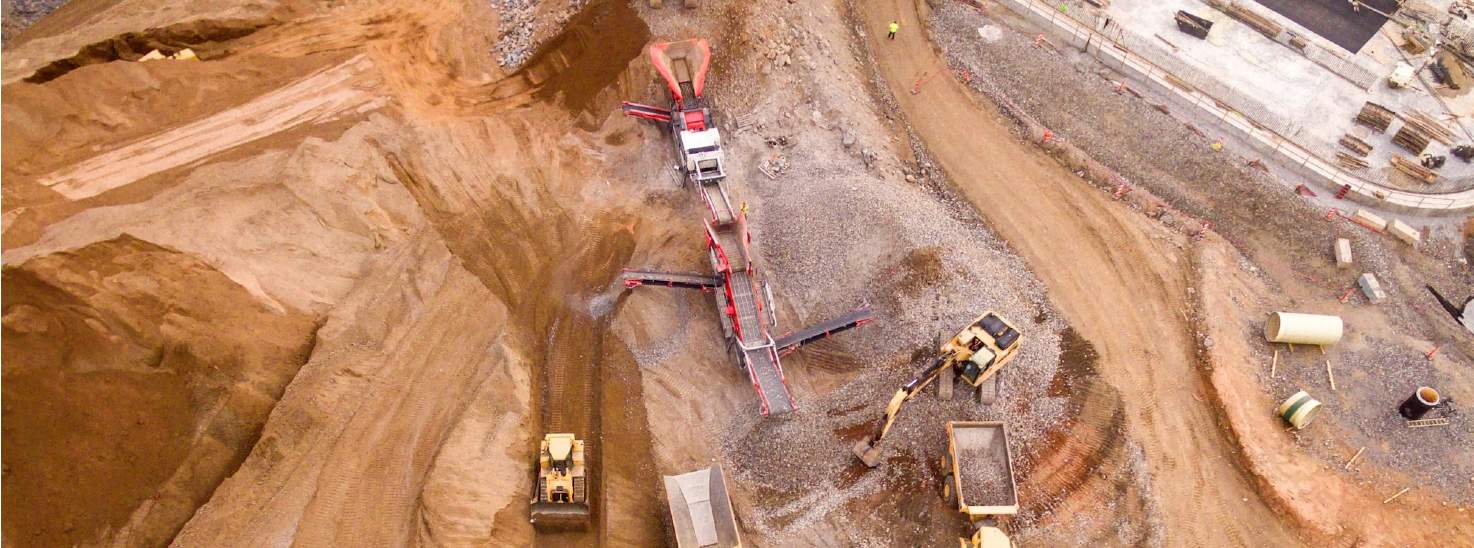
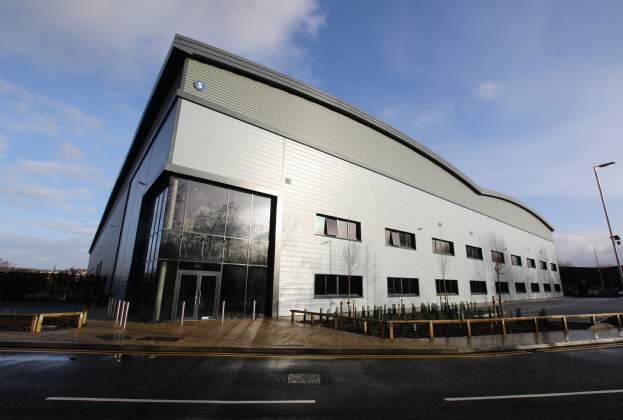
.jpg)

.jpg)
